A simple ratio of free T3 to free T4 that offers context on thyroid hormone activation.
Securely stored in EU
Cancel anytime
Test 100+ biomarkers
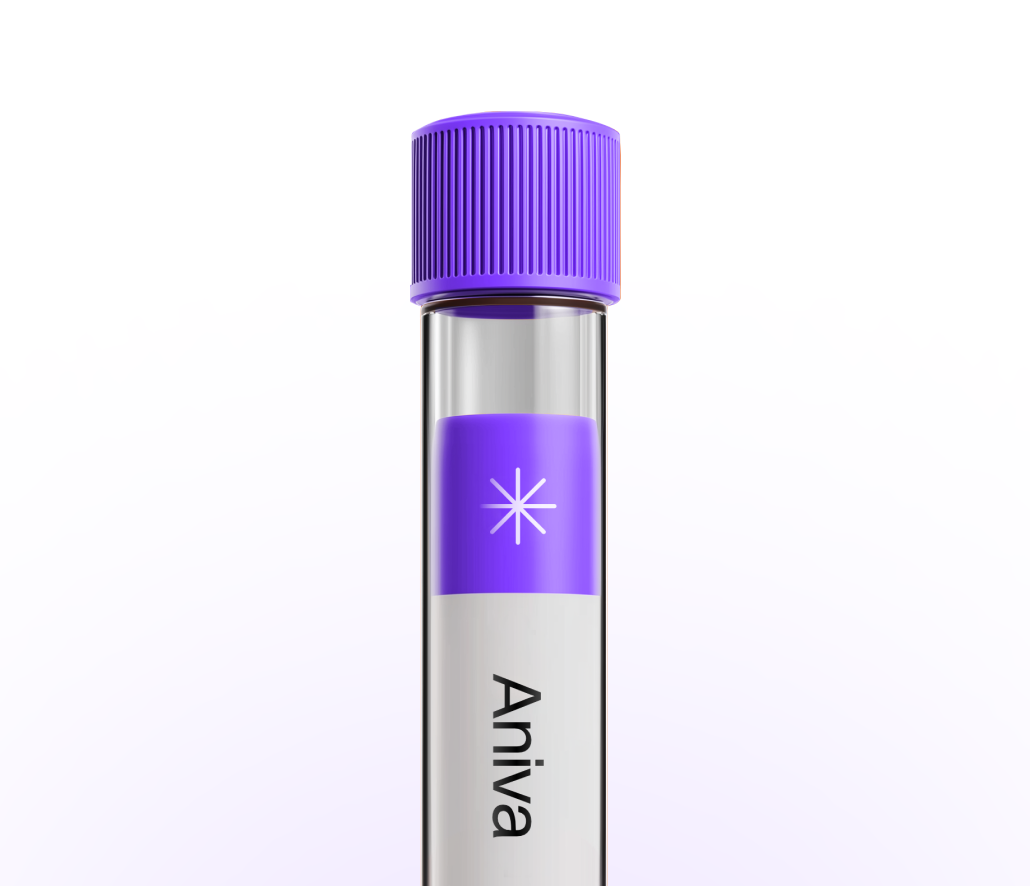
Less than 5 minutes waiting time. One
simple test at one of our 20+ locations.
Get your lab reports within one week.
Accessible on our app and per PDF.
All your health records stored
in a single, convenient place.

Clinicians may use this ratio when symptoms and standard thyroid tests don’t fully align, or to explore how well T4 converts to active T3. It can support medication reviews, especially if you take thyroid hormones, but it is not guideline-endorsed and isn’t used alone for decisions. Results work best alongside TSH, free T4, and free T3. You can test this marker with Aniva across Germany and Finland.
Clinicians may use this ratio when symptoms and standard thyroid tests don’t fully align, or to explore how well T4 converts to active T3. It can support medication reviews, especially if you take thyroid hormones, but it is not guideline-endorsed and isn’t used alone for decisions. Results work best alongside TSH, free T4, and free T3. You can test this marker with Aniva across Germany and Finland.
High: More T3 relative to T4. This may be seen with liothyronine use, higher peripheral conversion, or hyperthyroid states. Review dose timing and recent illness before drawing conclusions.
Low: Less T3 relative to T4. This can appear with acute illness, calorie restriction, inflammation, or with medicines like amiodarone or glucocorticoids. Consider reviewing medications and repeating when you’re well. Use trends and check TSH, free T4, and free T3 before making any changes.
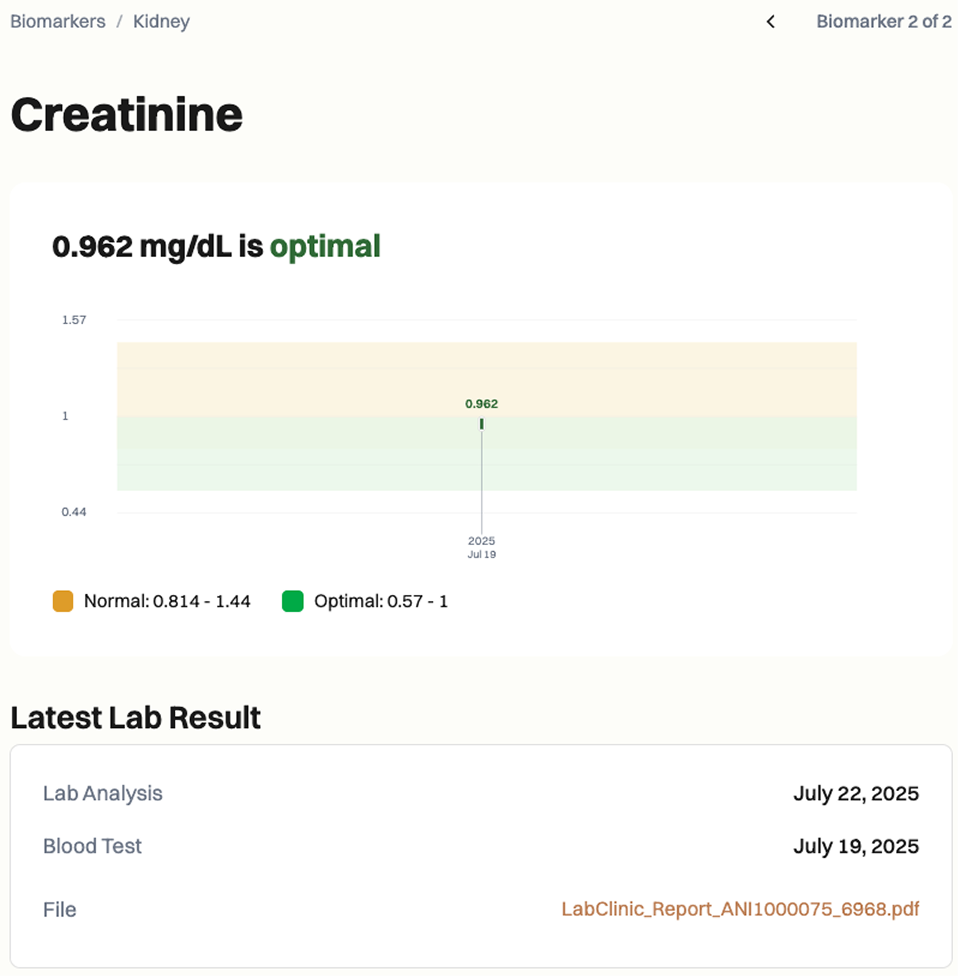
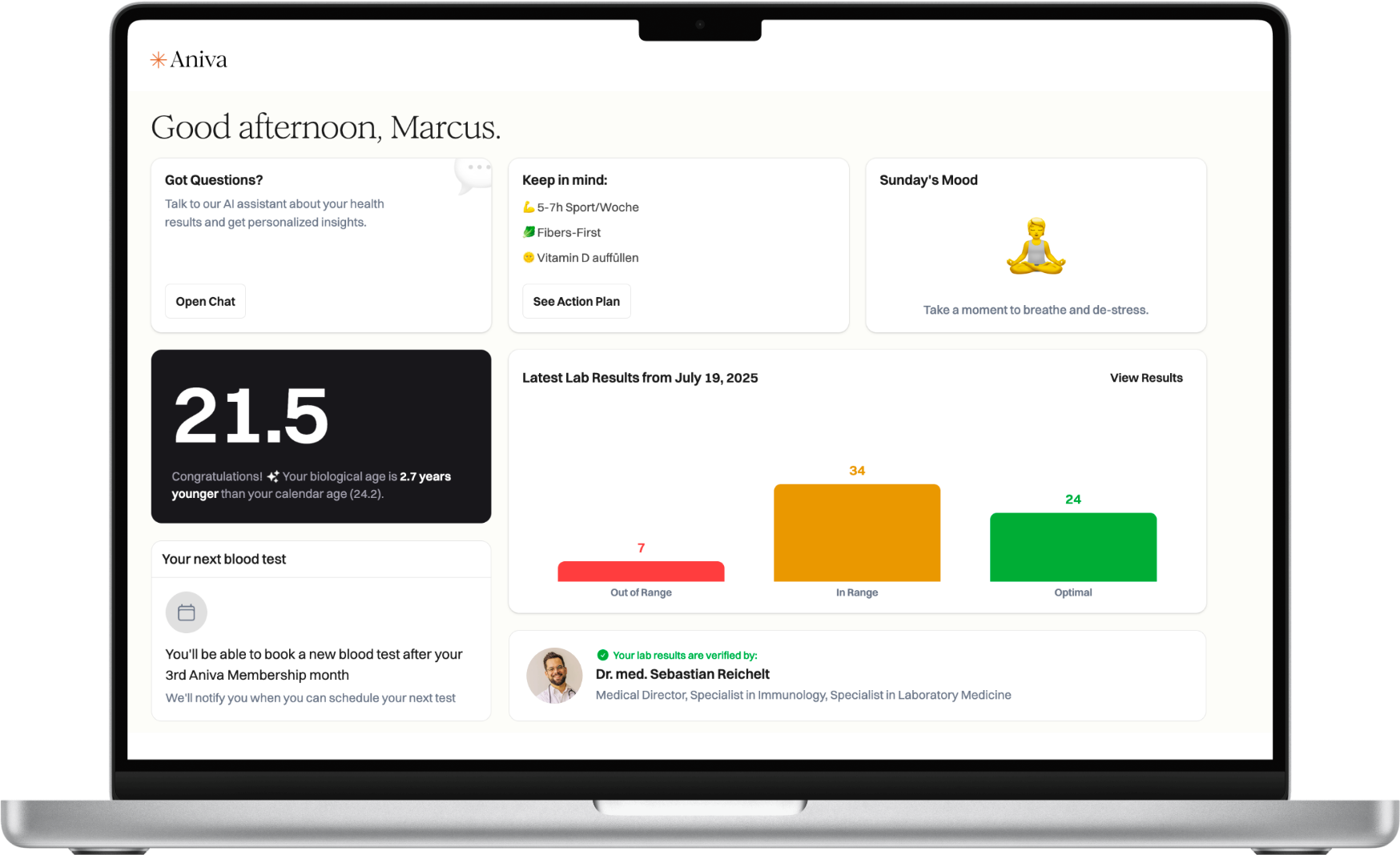
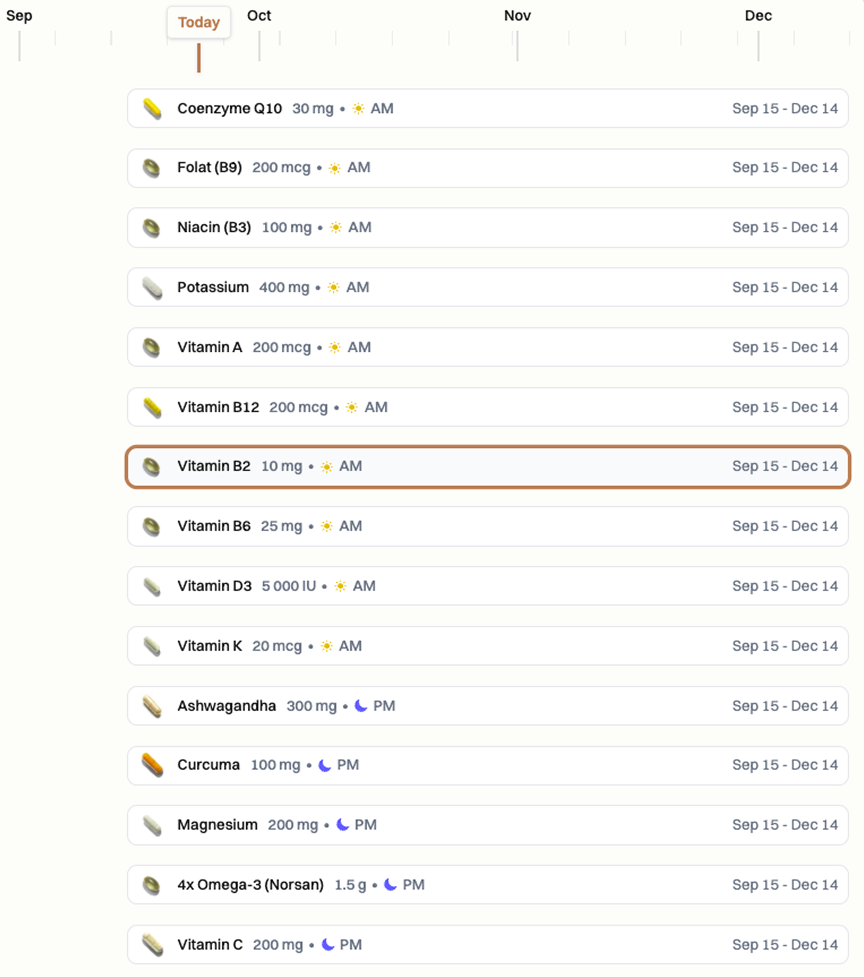
Common factors that can skew results include dose timing of levothyroxine or liothyronine (draw before your usual morning dose), high-dose biotin supplements, recent acute illness, strenuous exercise, dehydration, and pregnancy-related hormone changes. Some medicines (amiodarone, glucocorticoids, propranolol) and severe calorie restriction can reduce T4-to-T3 conversion. Assay differences and heterophile antibodies can also affect measurements.
Special situations: confirm or adjust interpretation in pregnancy, hospitalization or severe illness (non-thyroidal illness), recent dose changes, or combination T4/T3 therapy; use TSH, free T4, and free T3 for context.
What does a high or low fT3/fT4 ratio mean? High suggests more T3 relative to T4; low suggests less conversion to T3. Use it with TSH, free T4, and free T3.
Do I need to fast for this test? No. For consistency, take thyroid medicines after your blood draw unless told otherwise.
What can affect my results? Biotin, thyroid dose timing, acute illness, intense exercise, and medicines like amiodarone or steroids can shift the ratio.
How often should I test? Only as advised by your clinician. When adjusting therapy, testing is typically spaced weeks apart to see trends.
How long do results take? Most labs report within 1–3 business days, though times can vary.
What should I discuss with my clinician? Share symptoms, medication list and timing, supplements, recent illnesses, and any pregnancy plans to guide interpretation.

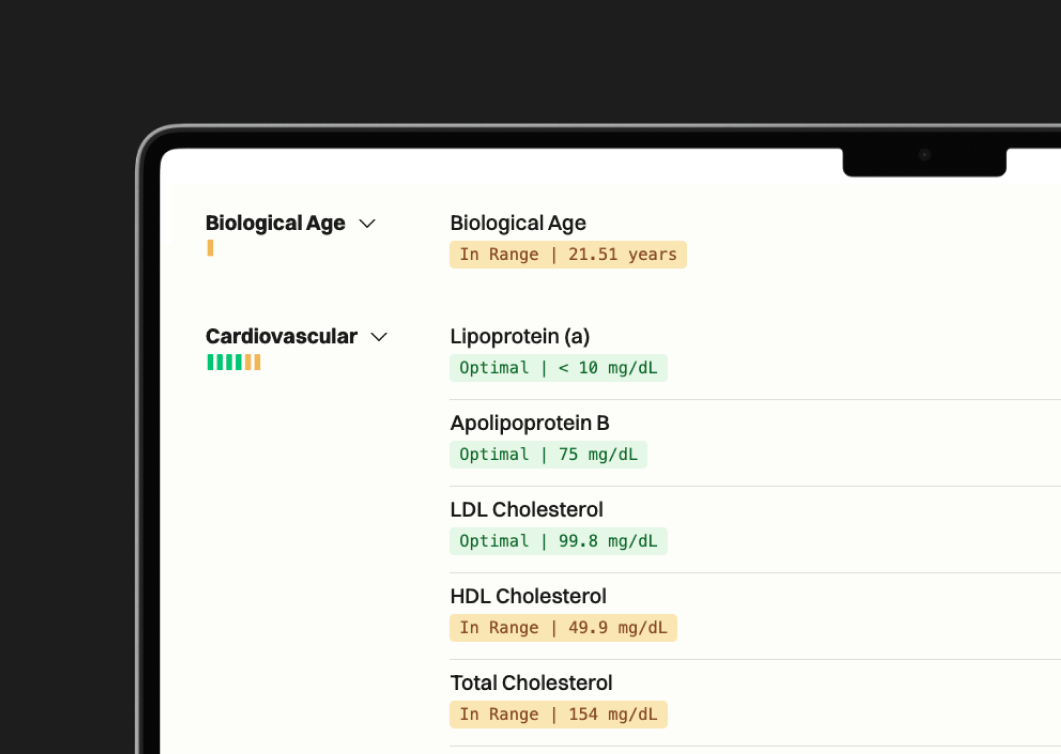

One annual blood test (100+ biomarkers)
Clinician-reviewed insights
Personalized action plan
Access to our AI Concierge
Access to curated products


63%
44%
70%